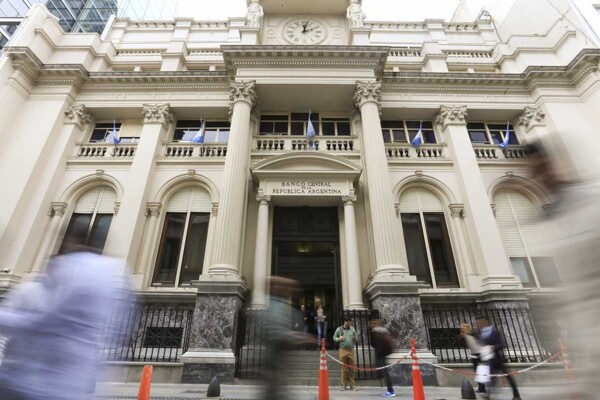
In January, the Argentine Central Bank faced a loss of nearly US$ 1.5 billion of its reserves, intended to cover the expenses of citizens abroad, either for tourism or purchases in dollars. This represented the highest level of foreign currency outflow in the last seven years. The exchange balance of the current account recorded a deficit of US$ 1.656 billion in that month, worsened by an increase in imports.
In January, international reserves decreased by US$ 1.331 billion despite the dollar purchases made by the Central Bank. In February, an additional loss of US$ 1.4 billion was recorded due to debt payments, including a US$ 350 million bond from the province of Buenos Aires. Although a trade surplus of US$ 425 million was recorded in January, with exports of US$ 6.614 billion and imports of US$ 6.189 billion.
Expenses for travel, tickets, and card payments represented a net outflow of US$ 1.112 billion in January. In this category, freight, insurance, and other services amounted to US$ 169 million and US$ 168 million respectively. Last year, the account for travel, tickets, and card payments reached US$ 8.496 billion. It is estimated that around 70% of these outflows are directly covered by customers with their own funds in foreign currency.
The Treasury had to make payments totaling US$ 950 million in January, including US$ 162 million to international organizations and about US$ 500 million to debt holders. Additionally, US$ 290 million was disbursed in interest from the private sector.














